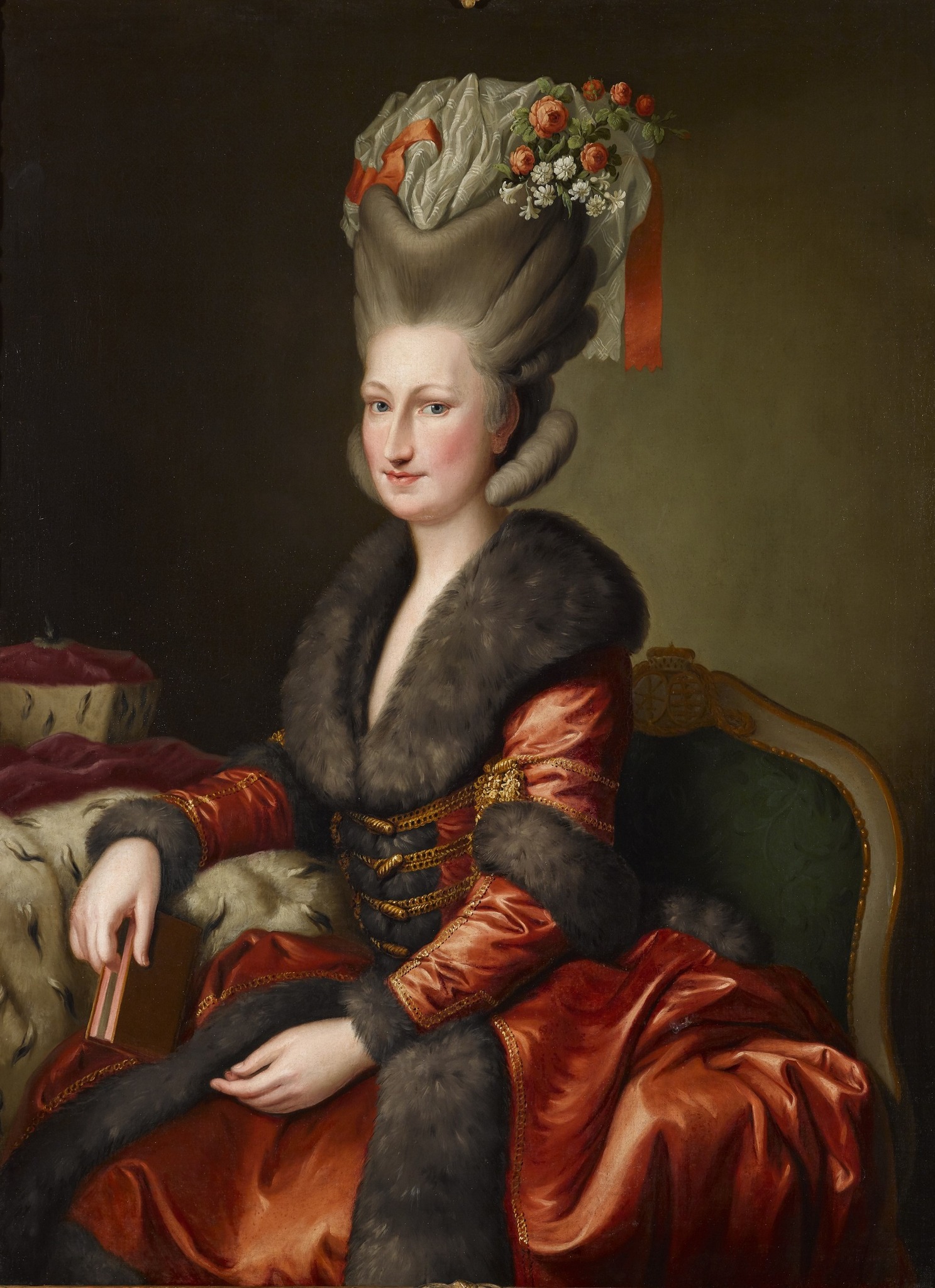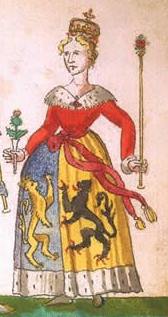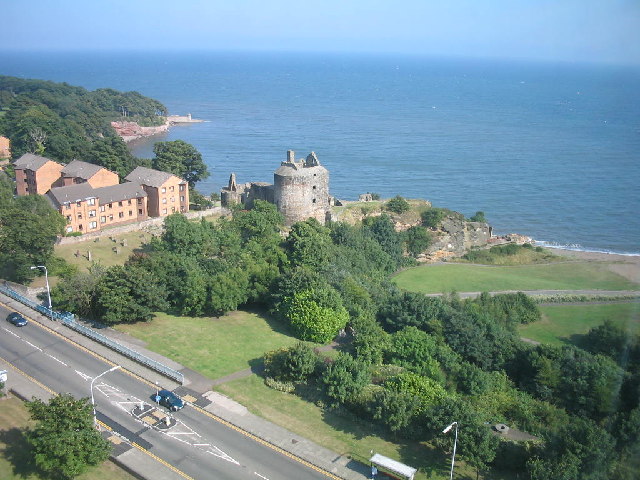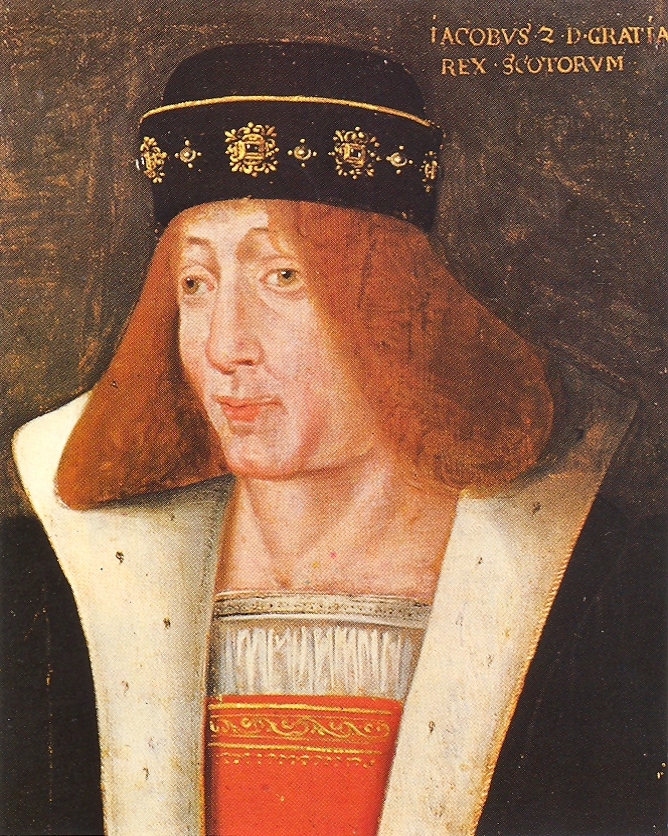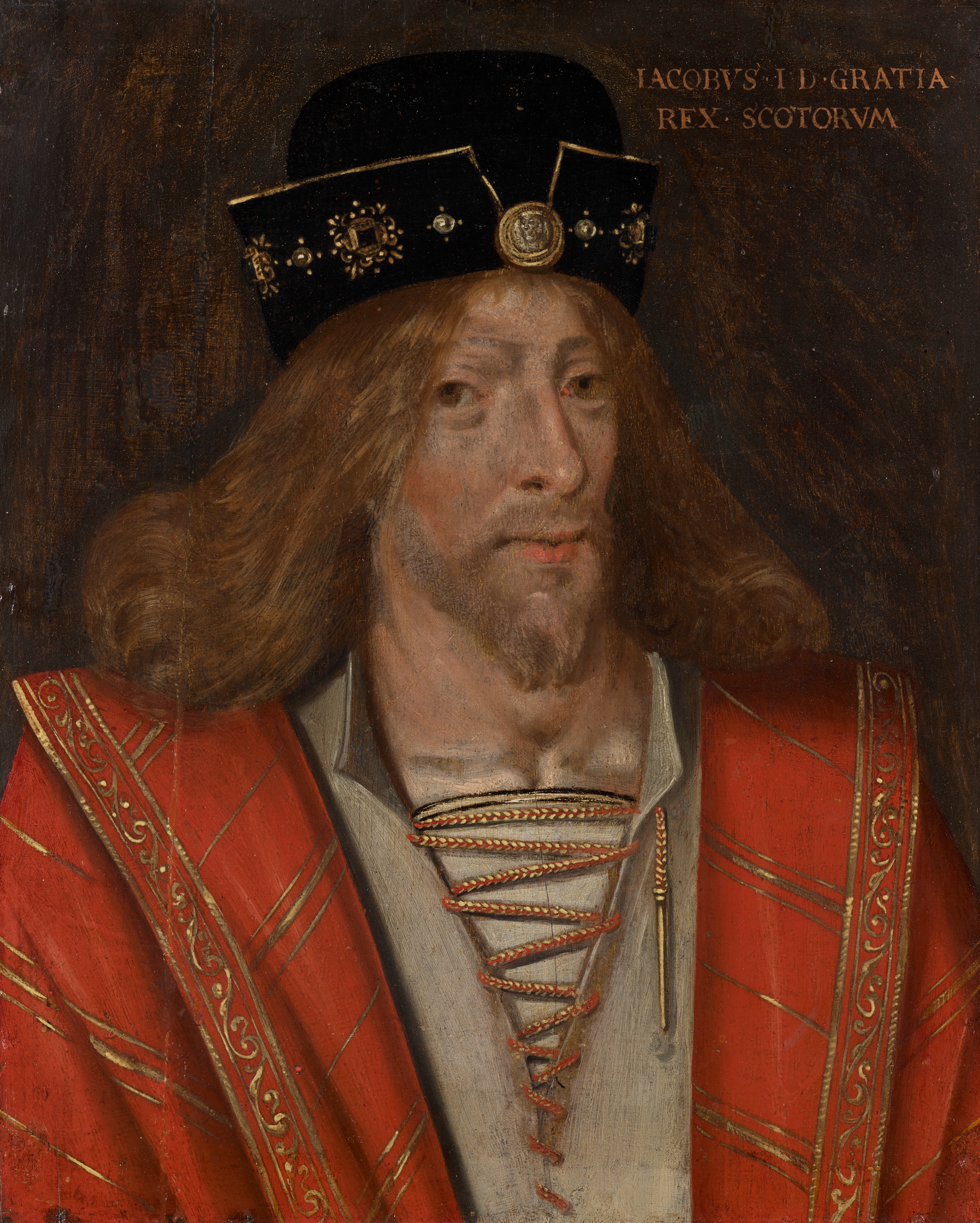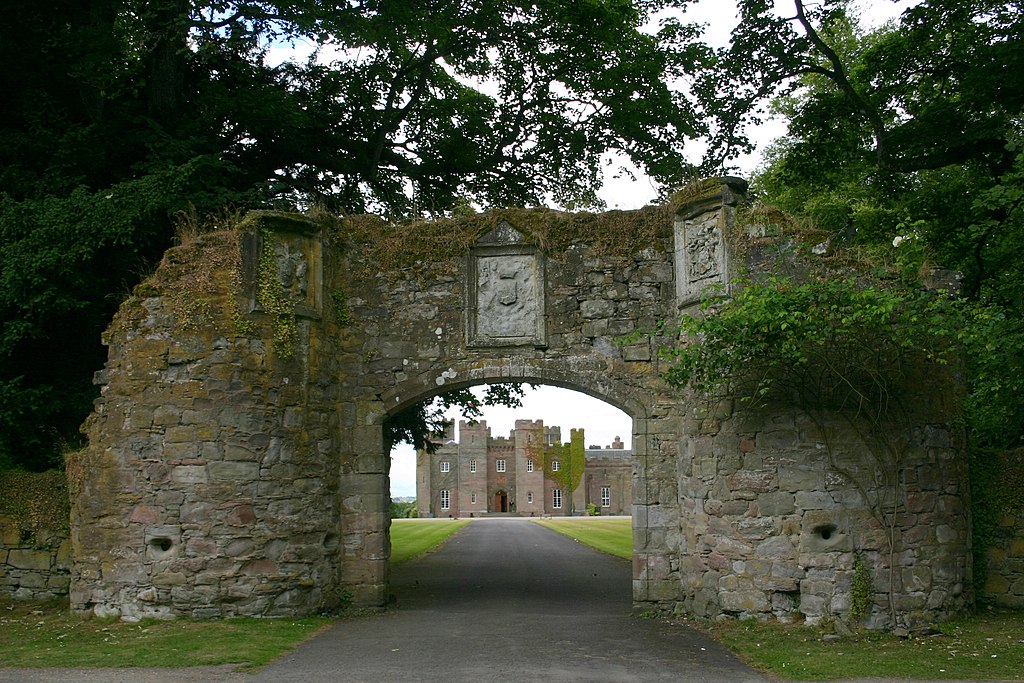by Scott Mehl © Unofficial Royalty 2017

source: Wikipedia
Prince Gustaf Adolf of Sweden, Duke of Västerbotten, and Princess Sibylla of Saxe-Coburg and Gotha were married in Coburg in October 19-20, 1932. They were the parents of King Carl XVI Gustaf of Sweden.
Gustaf Adolf’s Early Life

Gustaf Adolf (second from left) with his parents and siblings, 1912. source: Wikipedia
Prince Gustaf Adolf Oscar Fredrik Arthur Edmund of Sweden was the eldest son of the future King Gustaf VI Adolf of Sweden and his first wife, Princess Margaret of Connaught. He was born at the Royal Palace of Stockholm on April 22, 1906, and was soon joined by four younger siblings – Ingrid, Bertil, Sigvard, and Carl Johan. His education began privately at home and then he attended the Lundbergs School, a private boarding school in Värmland. After graduating in 1925, he began a military career, serving in the cavalry. He attended the Military Academy Karlberg and the War College, and later studied at Uppsala University and the Stockholm School of Economics.
In addition to his studies and military training, Gustaf Adolf (known within the family as Edmund) became quite skilled at both fencing and horse riding. He went on to become Swedish champion in saber fencing and competed in show jumping in the 1936 Olympic Games in Berlin. He served as president of the Swedish Olympic Committee from 1933 until his death. He also was an avid steeplechase rider, although he later gave that sport up at the time of his marriage. Gustaf Adolf was also very involved with scouting, from the time he was a young boy. He remained involved his entire life, later serving as the first president of the Swedish Scouting Federation, and serving on the World Scout Committee.
Sibylla’s Early Life
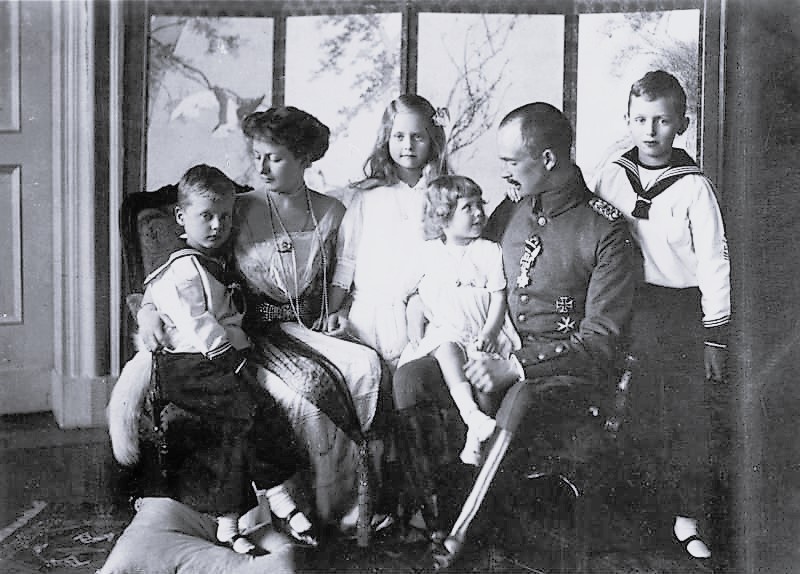
Sibylla (center) with her parents and siblings, c1915. source: Wikipedia
Her Royal Highness Princess Sibylla Calma Marie Alice Bathildis Feodora of Saxe-Coburg and Gotha was born at Schloss Friedenstein in Gotha on January 18, 1908. She was the second of five children of Carl Eduard, Duke of Saxe-Coburg and Gotha (born Prince Charles Edward of Albany) and Princess Victoria Adelaide of Schleswig-Holstein-Sonderburg-Glücksburg. Her father was a grandson of Queen Victoria of the United Kingdom (son of Victoria’s youngest son, Leopold, Duke of Albany), and her mother was a great-granddaughter of Queen Victoria’s half-sister, Feodora of Leiningen. Her siblings were Johann Leopold (1906-1972), Hubertus (1909-1943), Caroline Mathilde (1912-1983), and Friedrich Josias (1918-1998). At birth, she also held the title Princess of the United Kingdom, as her father was born a British prince.
Sibylla was educated at home, and then attended the Gymnasium Alexandrinum in Coburg, and then the Kunstgewerbeschule in Weimar, Saxony. During World War I, Sibylla’s father – despite being born a British prince – sided with the Germans as the reigning Duke of one of the German states. For this, his cousin, King George V of the United Kingdom had him stripped of the Order of the Garter which he had received in 1902. He was deposed in November 1918 and formally announced that he had “ceased to rule”, although he never technically abdicated. The family retained Schloss Callenberg in Coburg, as well as several other properties in Europe, and were given the right to live at Veste Coburg. They also received significant compensation for other lost possessions and properties.
In March 1919, the family was stripped of their British titles and peerages under the British Titles Deprivation Act. Sibylla lost her style of Royal Highness (which was derived from her father’s British title) and became simply Her Highness Princess Sibylla.
The Engagement
Despite being second cousins (both were great-grandchildren of Queen Victoria of the United Kingdom and Prince Albert of Saxe-Coburg and Gotha), Gustaf Adolf and Sibylla did not meet until November 1931 at the wedding of Lady May Cambridge in London. Lady May was a first cousin of Sibylla and a second cousin of Gustaf Adolf. Sibylla and Gustaf Adolf’s sister, Ingrid, were both bridesmaids, and it was Ingrid who introduced them. A romance quickly developed, and soon there was much public speculation over a possible engagement.
Gustaf Adolf was very coy with the press, denying any engagement but still telling the media to “wait and see”. In mid-June 1932, he traveled to Coburg along with his sister Ingrid. Two days later, on June 16, after having received the formal consent of King Gustaf V of Sweden, the couple’s engagement was announced at Schloss Callenberg in Coburg.
Pre-Wedding Festivities

The Duke of Saxe-Coburg and Gotha, The Crown Prince of Sweden, Sibylla and Gustaf Adolf, The Crown Princess of Sweden, The Duchess of Saxe-Coburg and Gotha
In the days leading up to the wedding, Sibylla and Gustaf Adolf, along with her parents, hosted a reception at the Veste Coburg for the press, who were able to find out many of the details of the wedding and see the display of wedding gifts. There were also several dinners and gala events, including a gala performance at the Opera, with many of the royal guests in attendance. In addition, a select few residents of Coburg were invited to attend as well.
Wedding Guests
Over sixty members of royal and noble families from Europe attended the wedding. One very prominent absentee was the groom’s grandfather, King Gustaf V, who refused to attend due to Coburg’s Nazi connections. He was instead officially represented by the Swedish Ambassador to Berlin. Some of the notable guests were:
The Groom’s Family
Crown Prince Gustaf Adolf and Crown Princess Louise
Prince Sigvard, Duke of Uppland
Princess Ingrid
Prince Bertil, Duke of Halland
Prince Carl Johan, Duke of Dalarna
The Bride’s Family
The Duke and Duchess of Saxe-Coburg and Gotha
Prince Johann Leopold
Prince Hubertus
Princess Caroline Mathilde
Prince Friedrich Josias
Royal Guests
Crown Prince Rupprecht of Bavaria
King Ferdinand of Bulgaria
Prince Harald of Denmark and Princess Helena Adelaide
Princess Feodora of Denmark
Princess Caroline-Mathilde of Denmark
Crown Prince Olav and Crown Princess Märtha of Norway
Grand Duchess Victoria Melita of Russia
Grand Duchess Kira Kirillovna of Russia
The Duke of Connaught
The Earl and Countess of Athlone
The Wedding Attire
For the church ceremony, the bride wore a simple gown of white silk satin with a long train. The train had belonged to Sibylla’s paternal grandmother, The Duchess of Albany, who had received it from Queen Victoria. Made of white satin, embroidered with silver and ostrich feathers, it was nine feet in length.
Another heirloom was her veil of Brussels lace. It had originally belonged to Queen Sofia, the consort of King Oscar II of Sweden (the great-grandparents of the groom), and has since become a traditional wedding bride for several Swedish brides. Instead of a tiara, Sibylla wore a crown of myrtle and flowers. She carried a bouquet of large white lilies.
The groom wore his uniform as a Lieutenant in the Swedish Guards, adorned with the sash and star of the Saxe-Ernestine House Order (of Saxe-Coburg and Gotha) and the star and insignia of the Swedish Order of the Seraphim and Order of the Sword.
The attendants wore simple white dresses, with pale blue shoes and white floral headdresses with blue ribbon. The blue matched the color of the groom’s regiment.
The Civil Ceremony
The civil ceremony took place on October 19, 1932, at the Coburg Castle. The brief ceremony was officiated by the Nazi Mayor of Coburg, Herr Franz Schwede. The groom wore a morning suit, while the bride wore a red wine dress. The Mayor gave a short speech, in which he recognized the joint effort of the Coburgers and the Swedes in defending the Coburg Castle during the Thirty Years’ War. He concluded that this must surely be a good omen for the success of the couple’s marriage.
Following the mayor’s speech, the marriage register was signed. Gustaf Adolf and Sibylla chose their fathers to serve as witnesses. The register was signed on a table that had originally belonged to Duke Ernst II of Saxe-Coburg and Gotha, the older brother of the couple’s mutual great-grandfather, Prince Albert. After the ceremony, the couple drove to St. Moritz’s Church for the rehearsal of their religious wedding the following day.
That evening, Gustaf Adolf and Sibylla, along with their parents and royal guests, viewed a torchlight procession of members of various civil organizations dancers and musicians, as well as Nazi stormtroopers. This was followed by a private dinner at the castle.
The Religious Ceremony
The religious ceremony was held on October 20, 1932, at the St. Moritz Church in Coburg. In the very traditional Lutheran service, the bride was escorted down the aisle by her father, to Handle’s “Prelude”.
The bride and groom had the following attendants:
- Princess Ingrid of Sweden
- Grand Duchess Kira Kirillovna of Russia
- Princess Feodora of Denmark
- Princess Caroline of Denmark
- Princess Marie Louise of Schleswig-Holstein
- Countess Dagmar Bernadotte (trainbearer)
- Prince Wilhelm of Prussia
- Prince Alexander of Prussia
- Prince Bertil of Sweden
- Prince Sigvard of Sweden
- Prince Carl Johan of Sweden
- Prince Friedrich Josias of Saxe-Coburg and Gotha (trainbearer)
The Wedding Banquet

Processing back to the castle (note the swastika displayed in the background). source: Wikipedia
Following the ceremony, the couple greeted the crowds gathered outside the church and then processed by car back to the Castle – with the roads lined with well-wishers – where a banquet was held in the Congress Hall. The guests dined on:
Wildsuppe von Fasan
(wild pheasant soup)
Seezungenfilet, gebacken, Rémouladensauce
(baked filet of sole with Rémoulade sauce)
Tarteletten mit Gänseleberpastete
(Tartelettes with goose liver pate)
Poularden, gebraten, Erbsengemüse, Kompott, Salat
(fried poulard with peas, compote and salad)
Wallsee Pudding
Käsegebäck
(Cheese pastry)
Return to Sweden
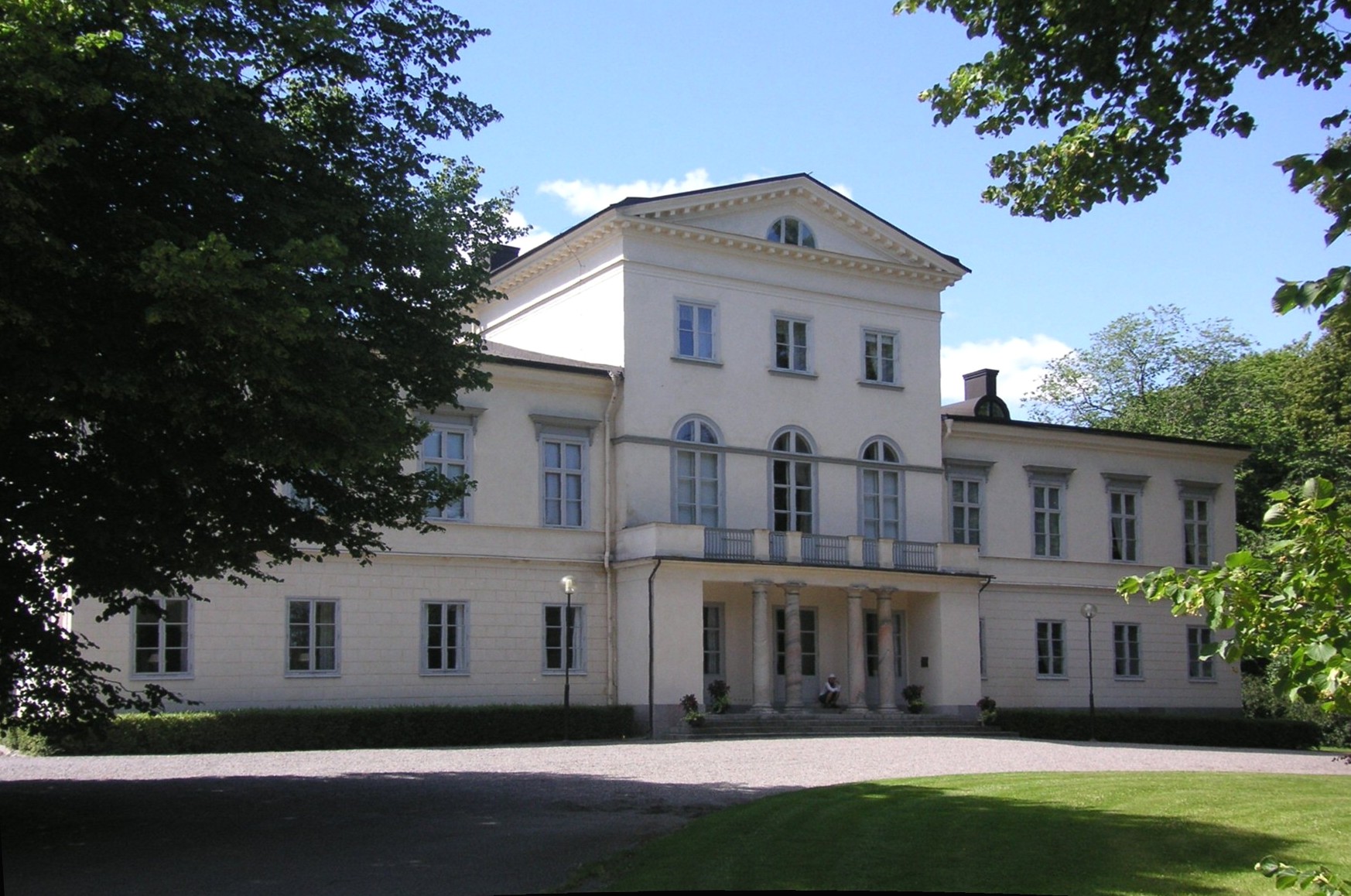
Haga Palace. photo By Holger.Ellgaard – Own work, CC BY-SA 3.0, https://commons.wikimedia.org/w/index.php?curid=4389507
Gustaf Adolf and Sibylla spent a month honeymooning in Italy before returning to Sweden. They sailed into Trelleborg on November 24 and took the train to Stockholm, arriving the next day and being greeted by the Prime Minister and members of the Royal Family. They traveled by motorcade to the Royal Palace, where a Te Deum was held in the Royal Chapel. The following day, a reception was held in the Apartments of the Orders of Chivalry in the palace, followed by a musical performance in the Hall of State and then dinner in the White Sea Ballroom. The next day, a gala performance was held at the Royal Opera.
Tragically, Gustaf Adolf was killed in a plane crash in 1947, leaving Sibylla widowed with five young children. She continued to take a very active role in the Swedish Royal Family, and after the death of Queen Louise in 1965, she served as the first lady for her father-in-law. Sibylla died in November 1972, just ten months before her son succeeded to the throne as King Carl XVI Gustaf.
Children

Gustaf Adolf and Sibylla with their five children in 1946; Credit – Wikipedia
Gustaf Adolf and Sibylla had four daughters and one son:
This article is the intellectual property of Unofficial Royalty and is NOT TO BE COPIED, EDITED, OR POSTED IN ANY FORM ON ANOTHER WEBSITE under any circumstances. It is permissible to use a link that directs to Unofficial Royalty.


